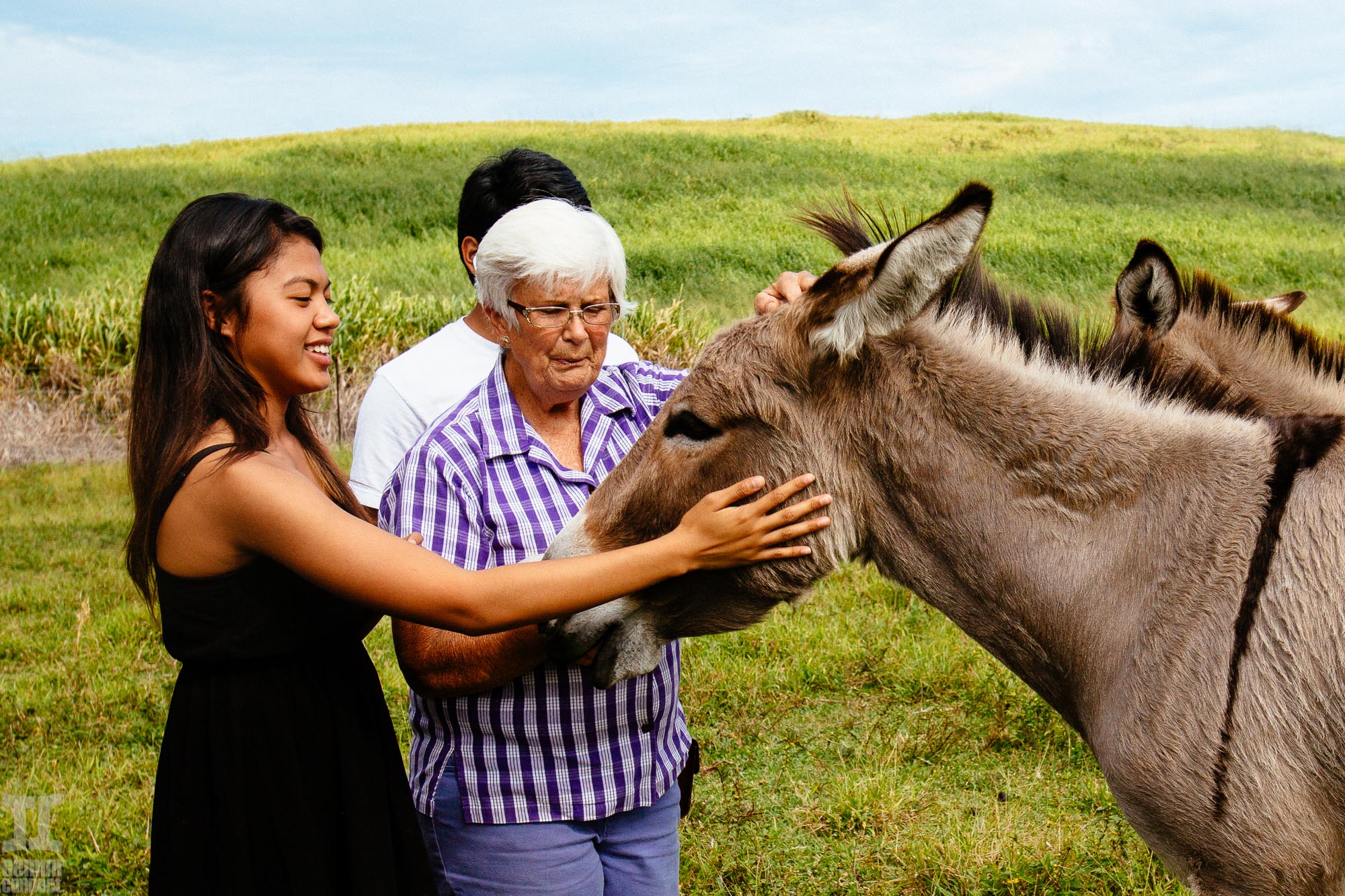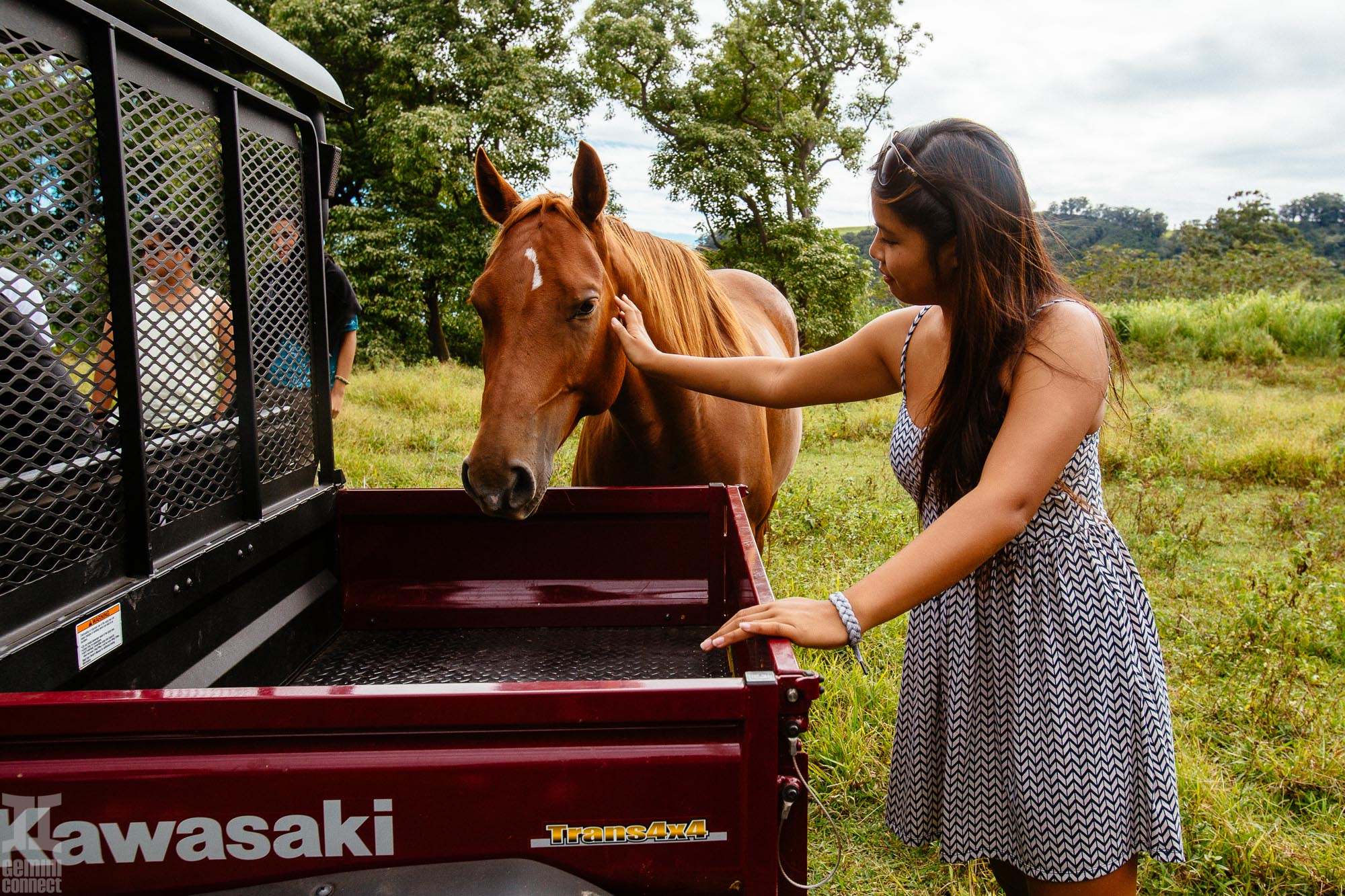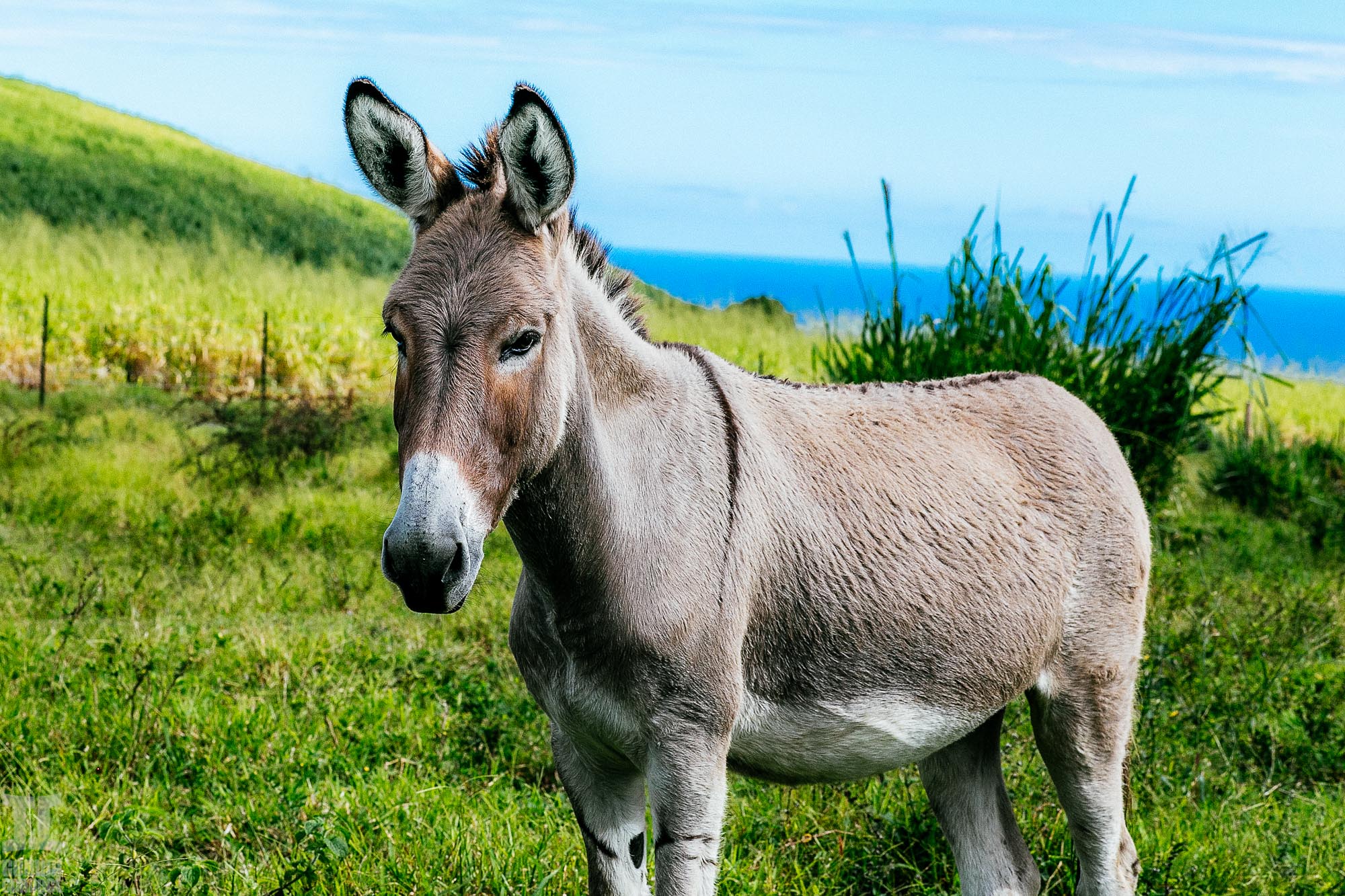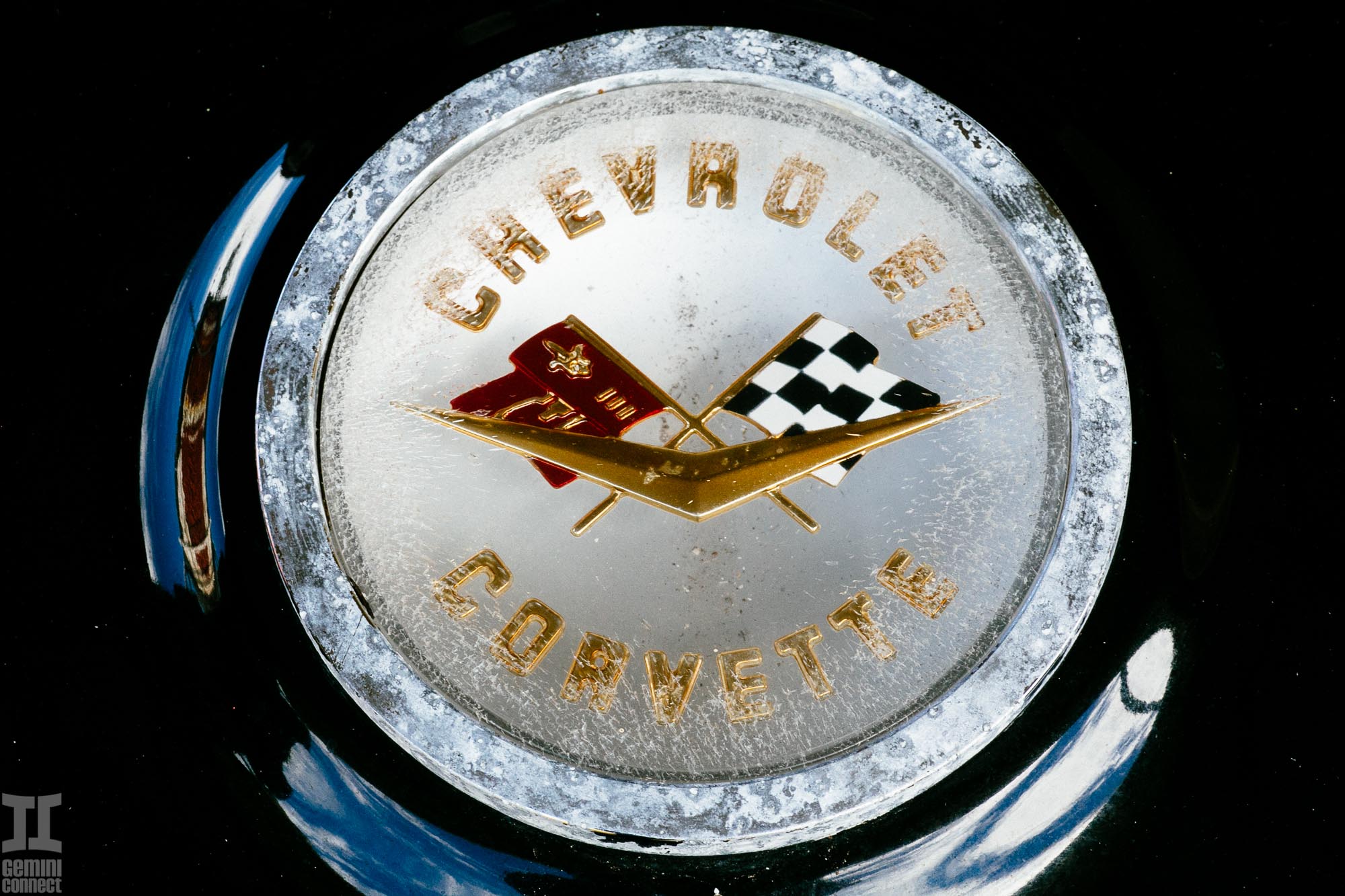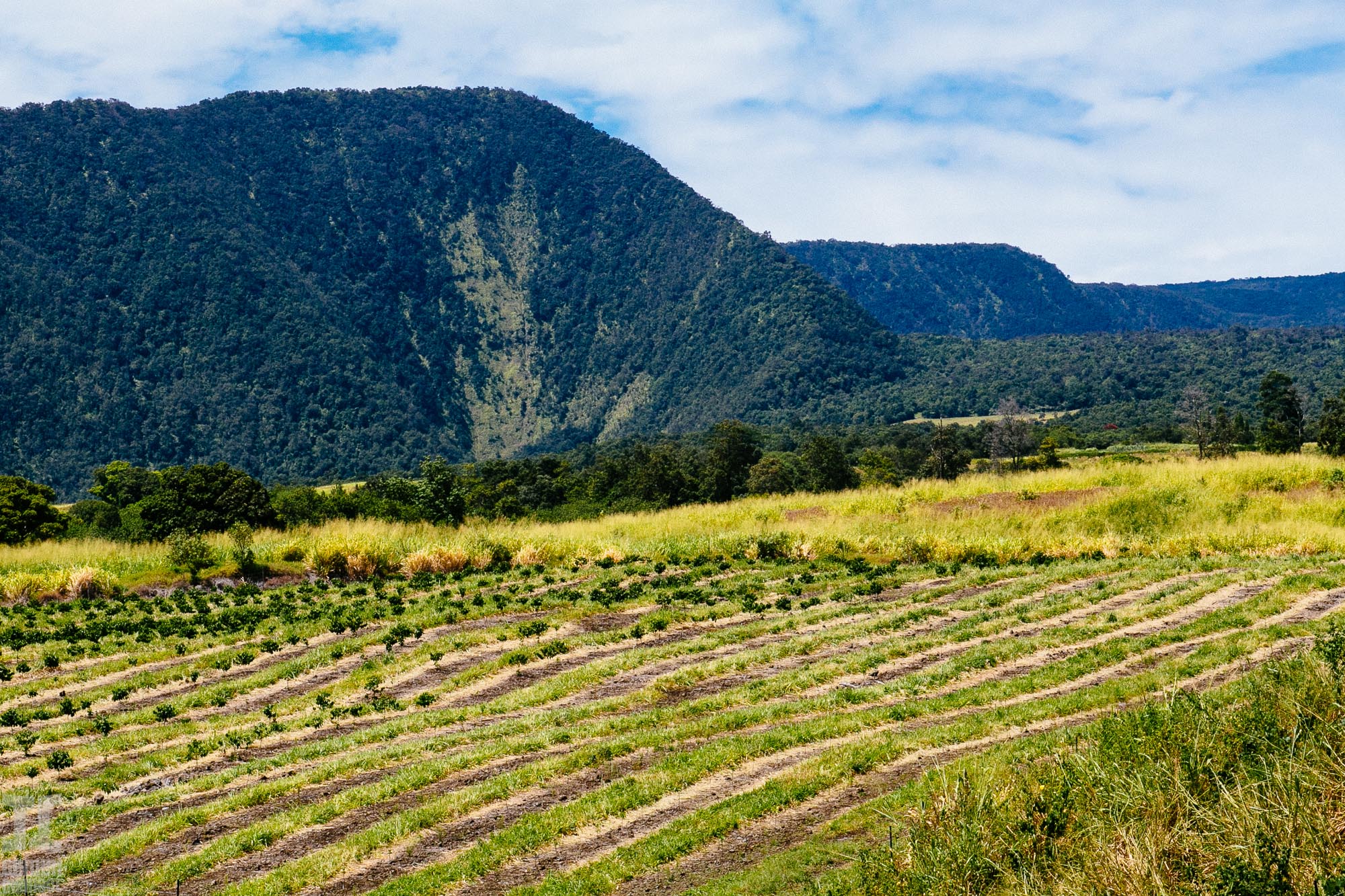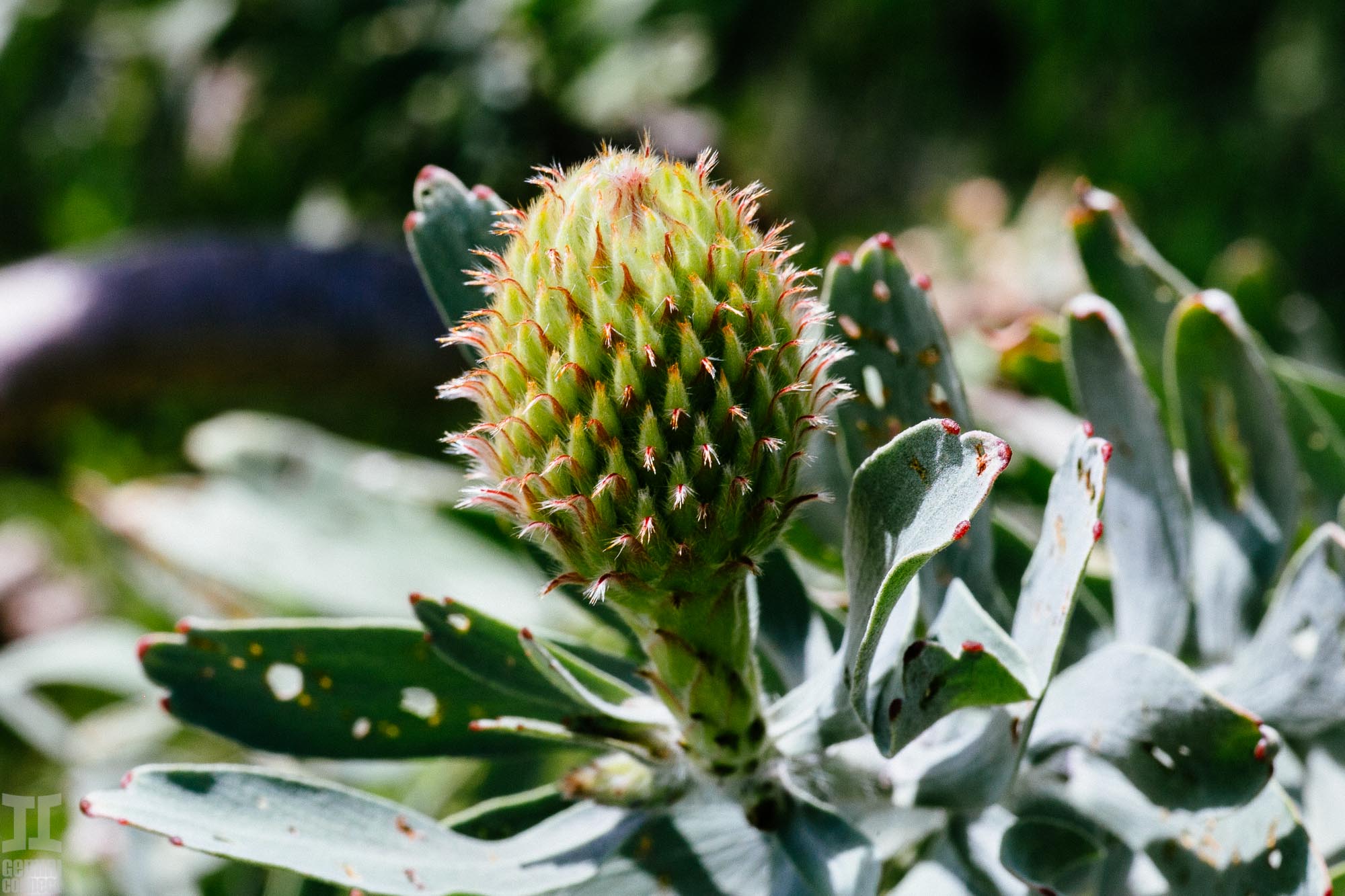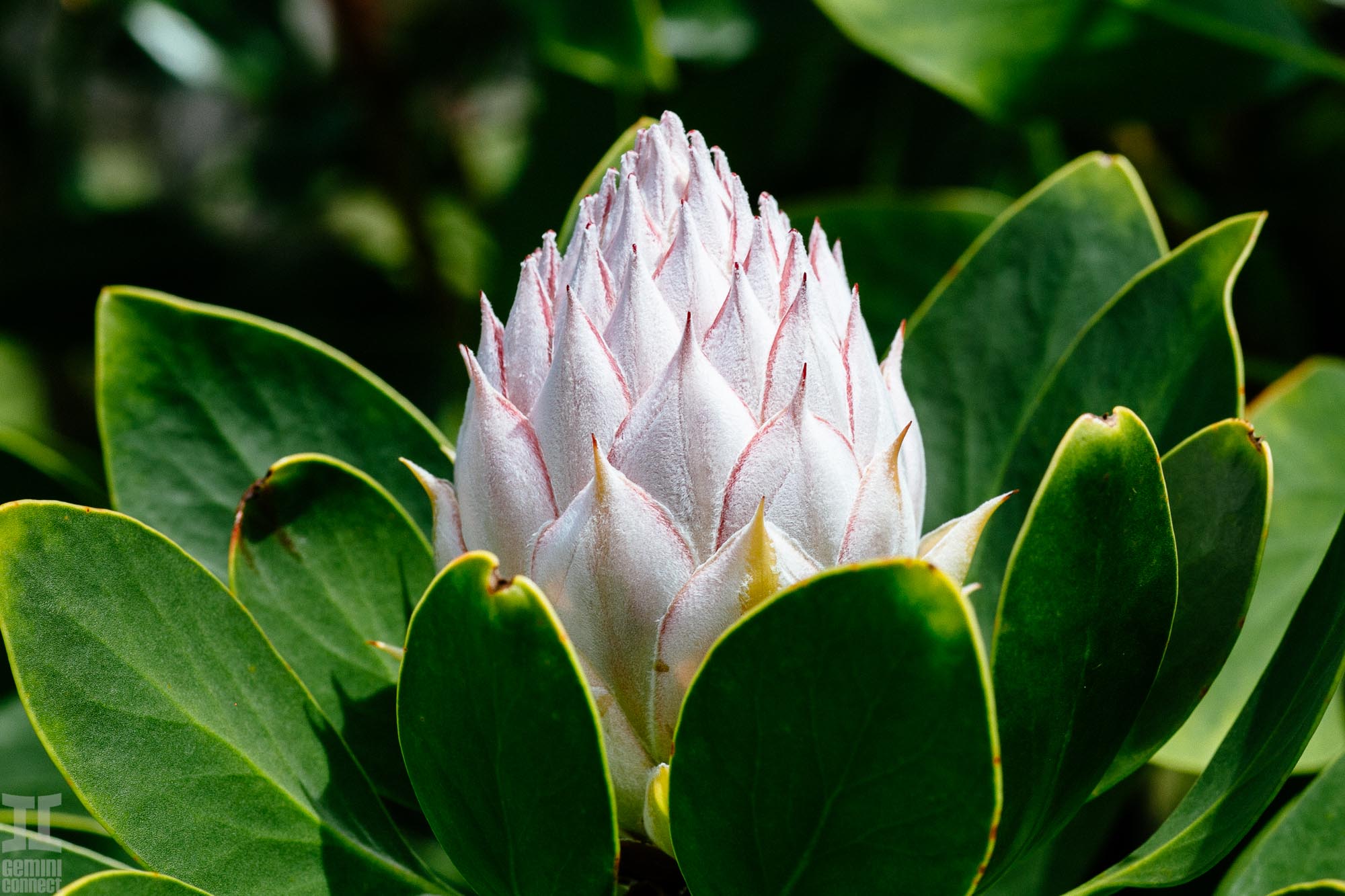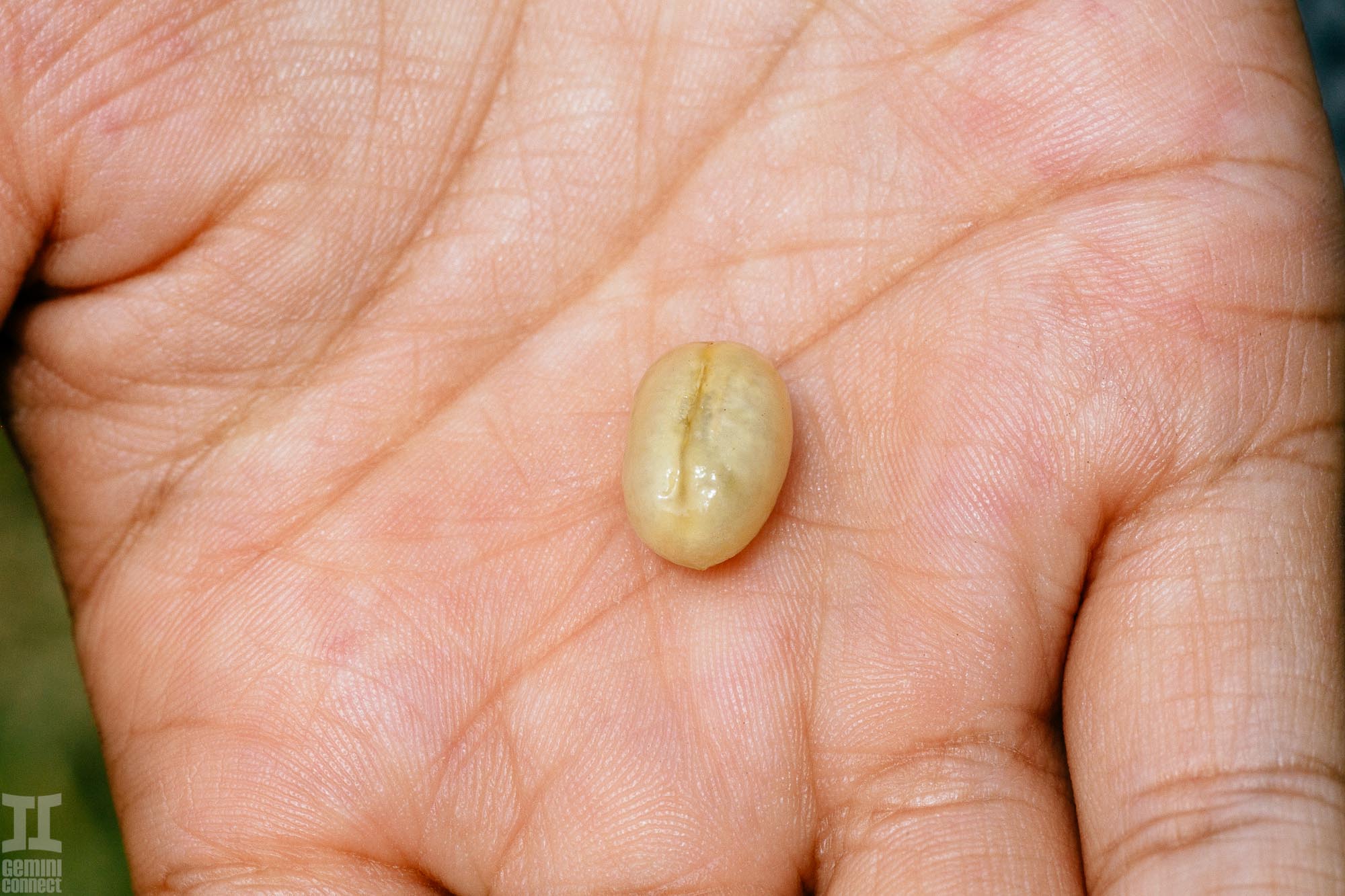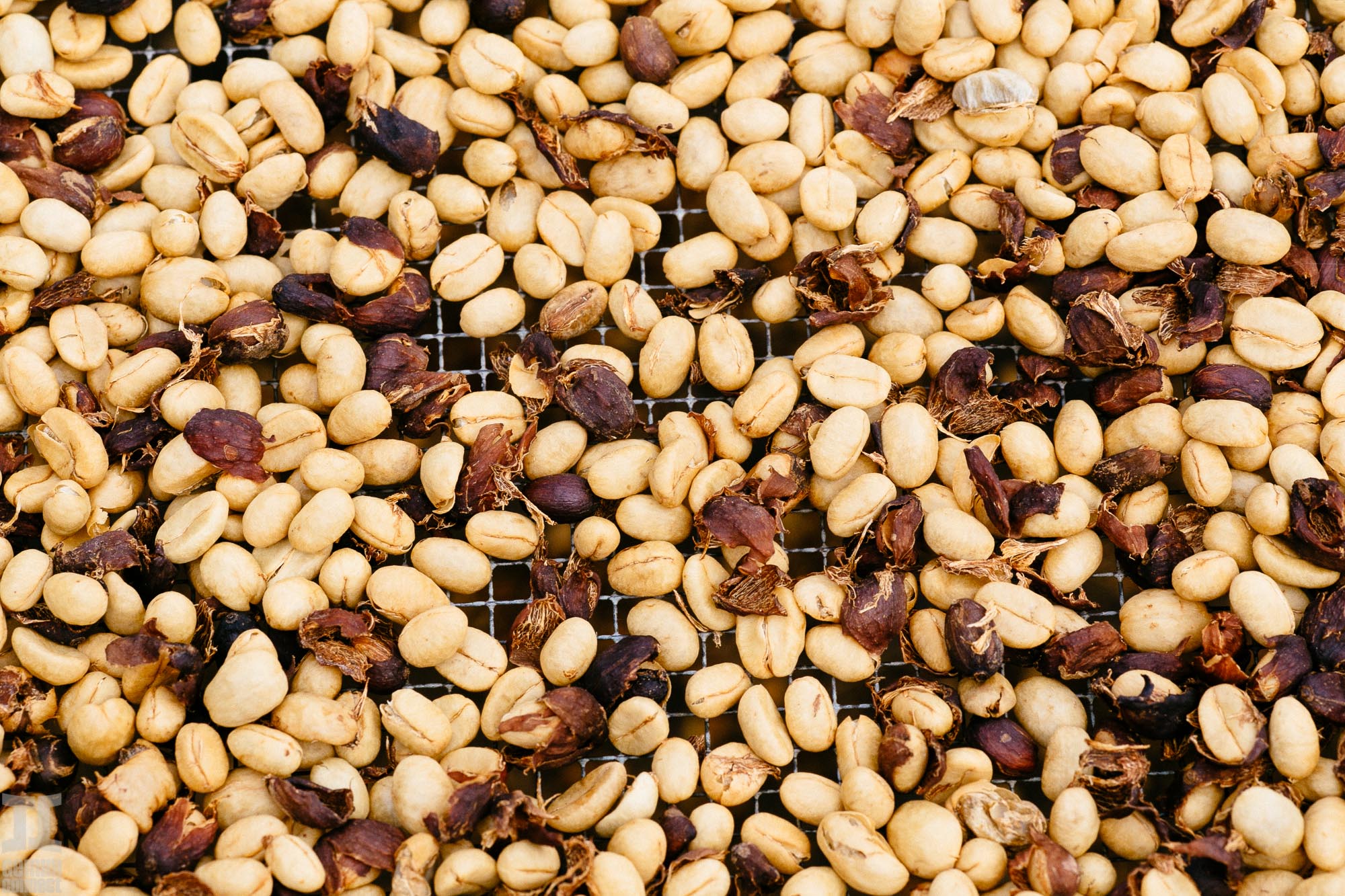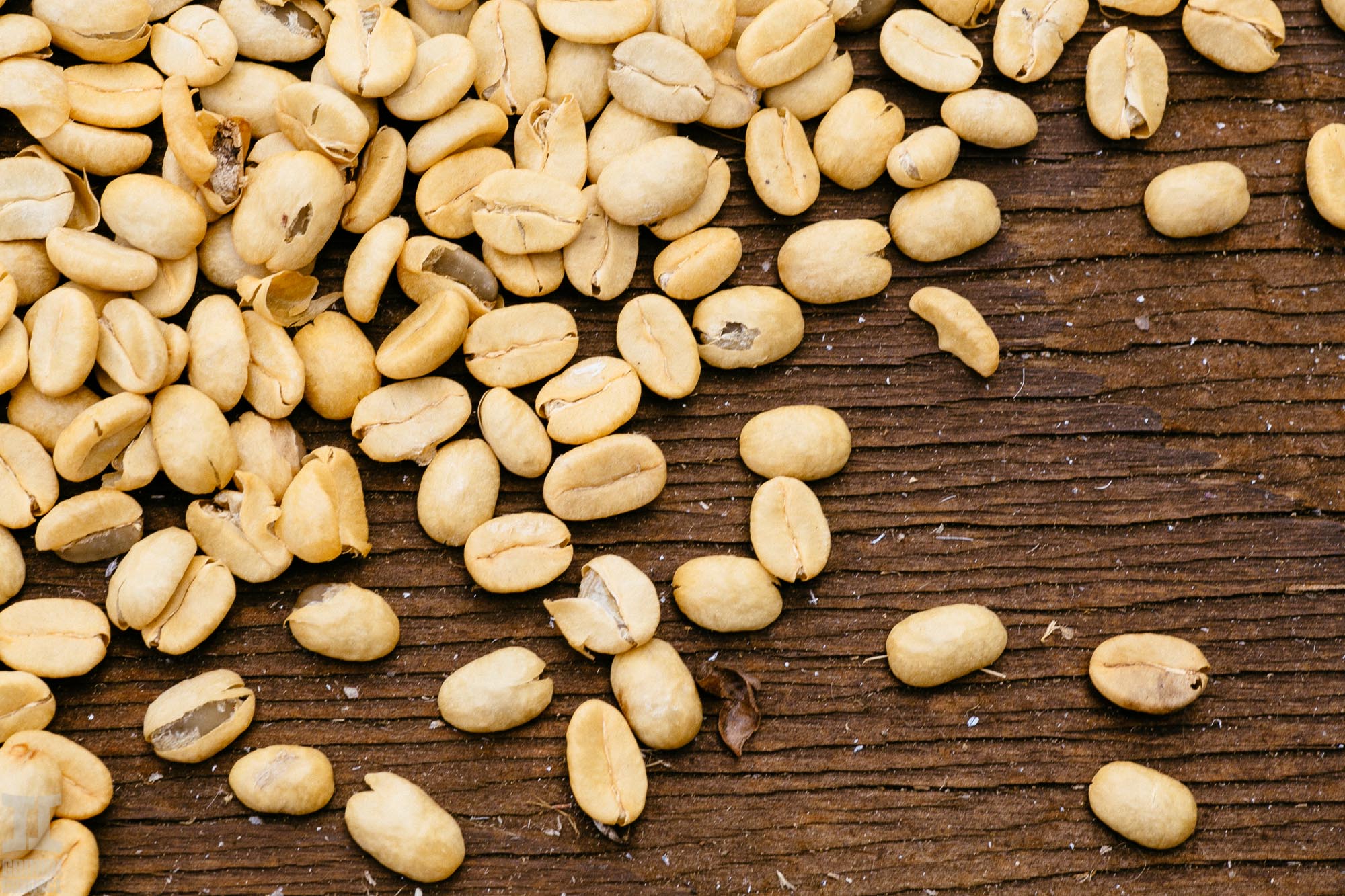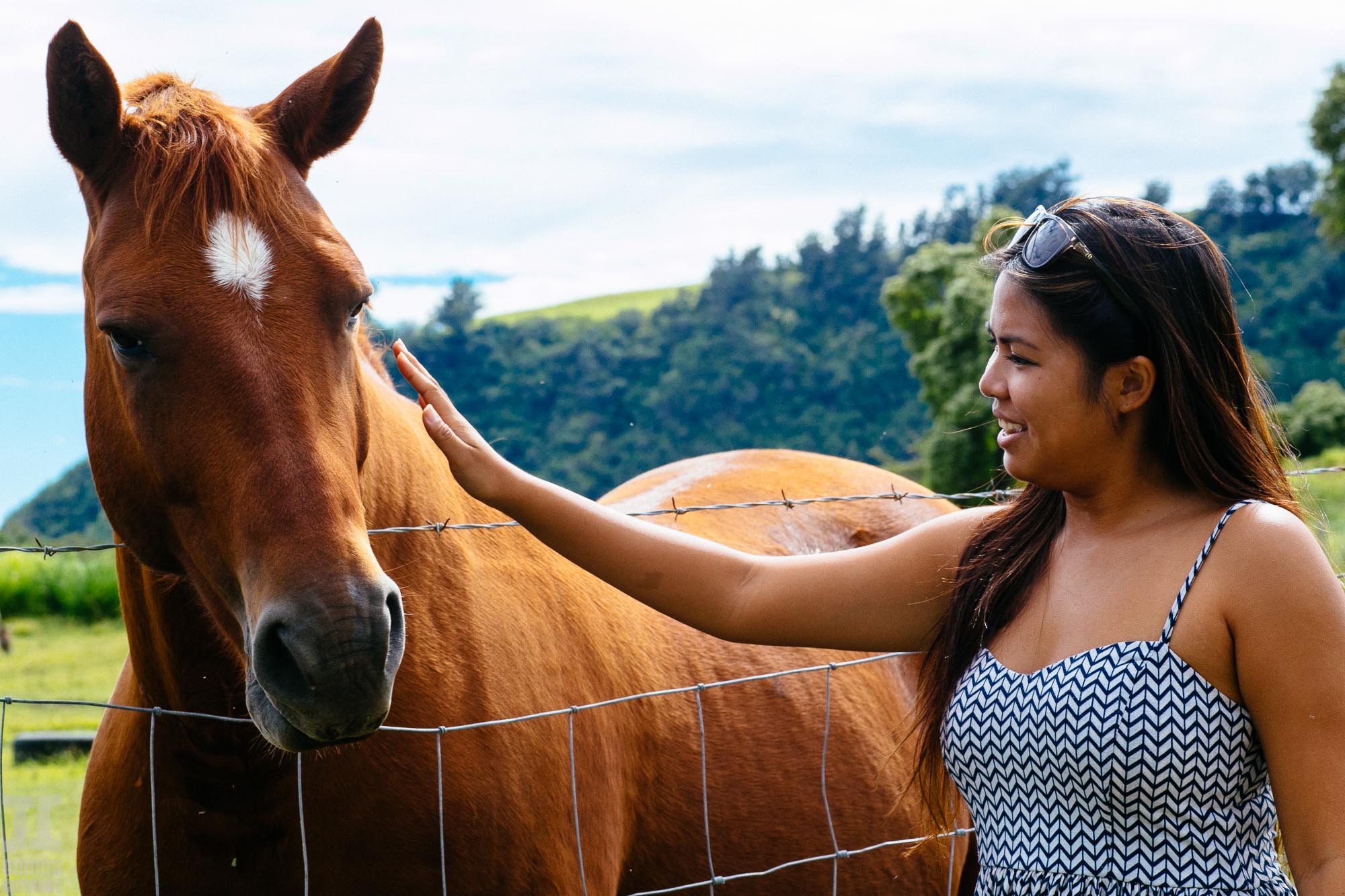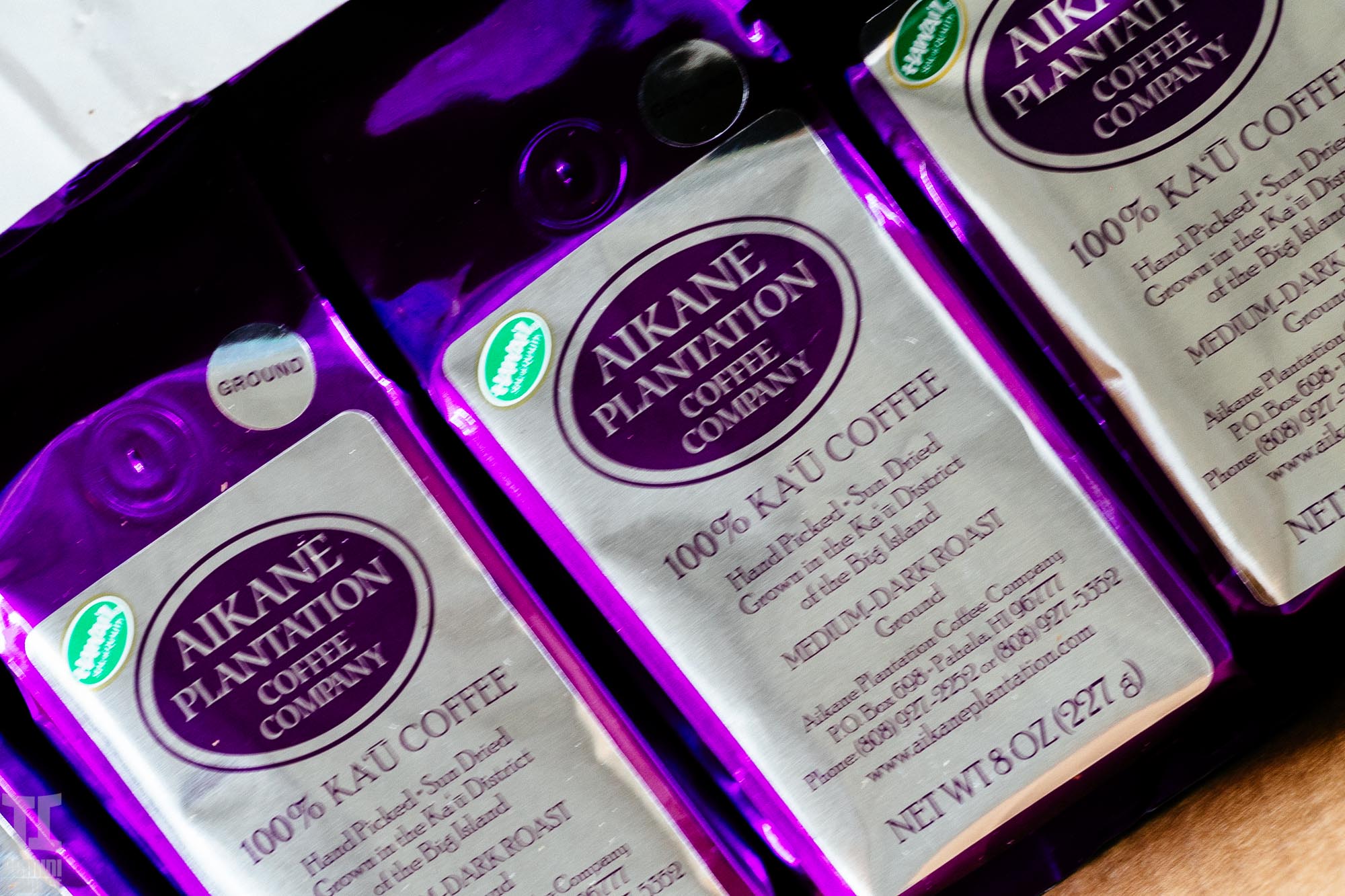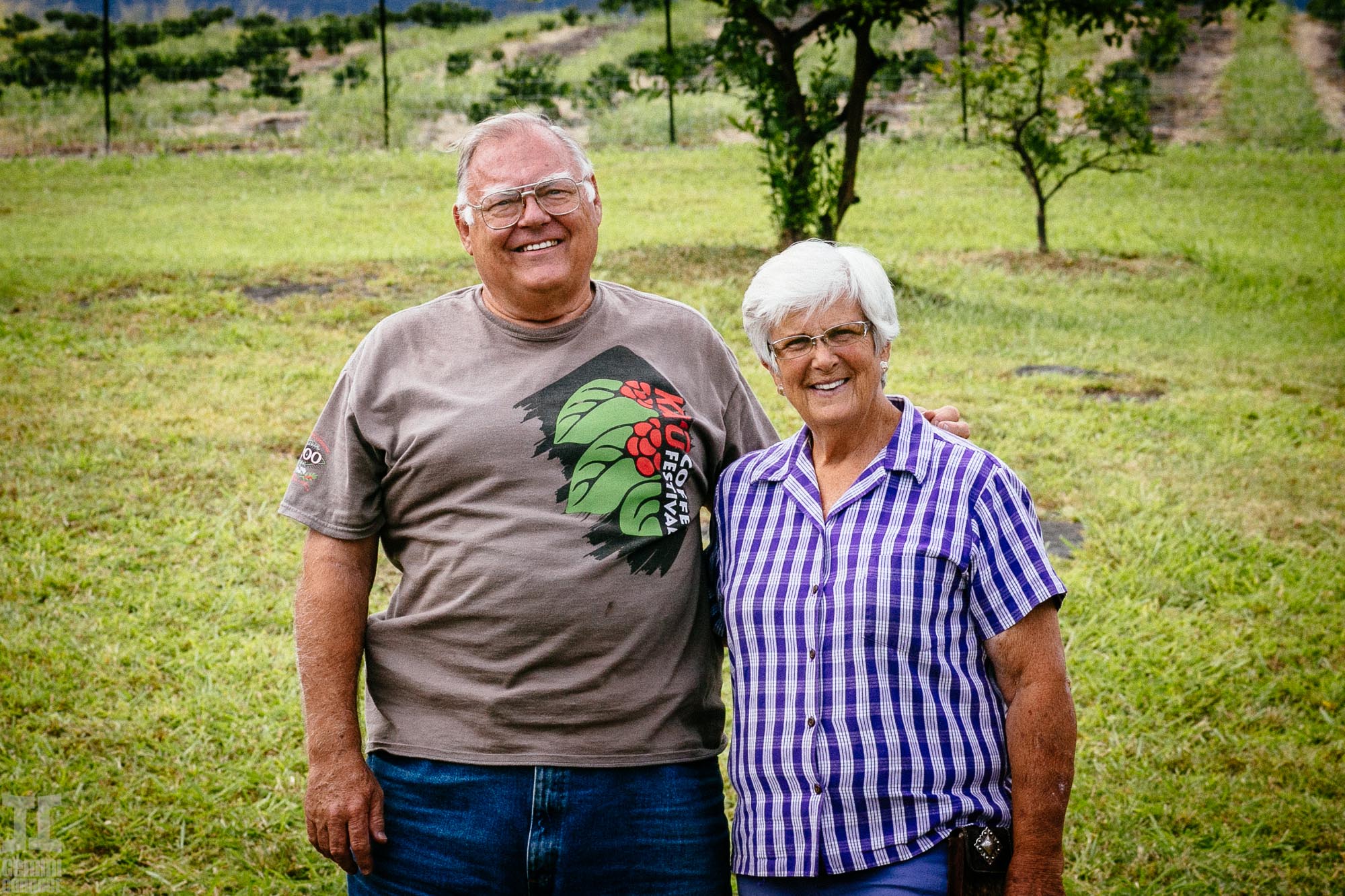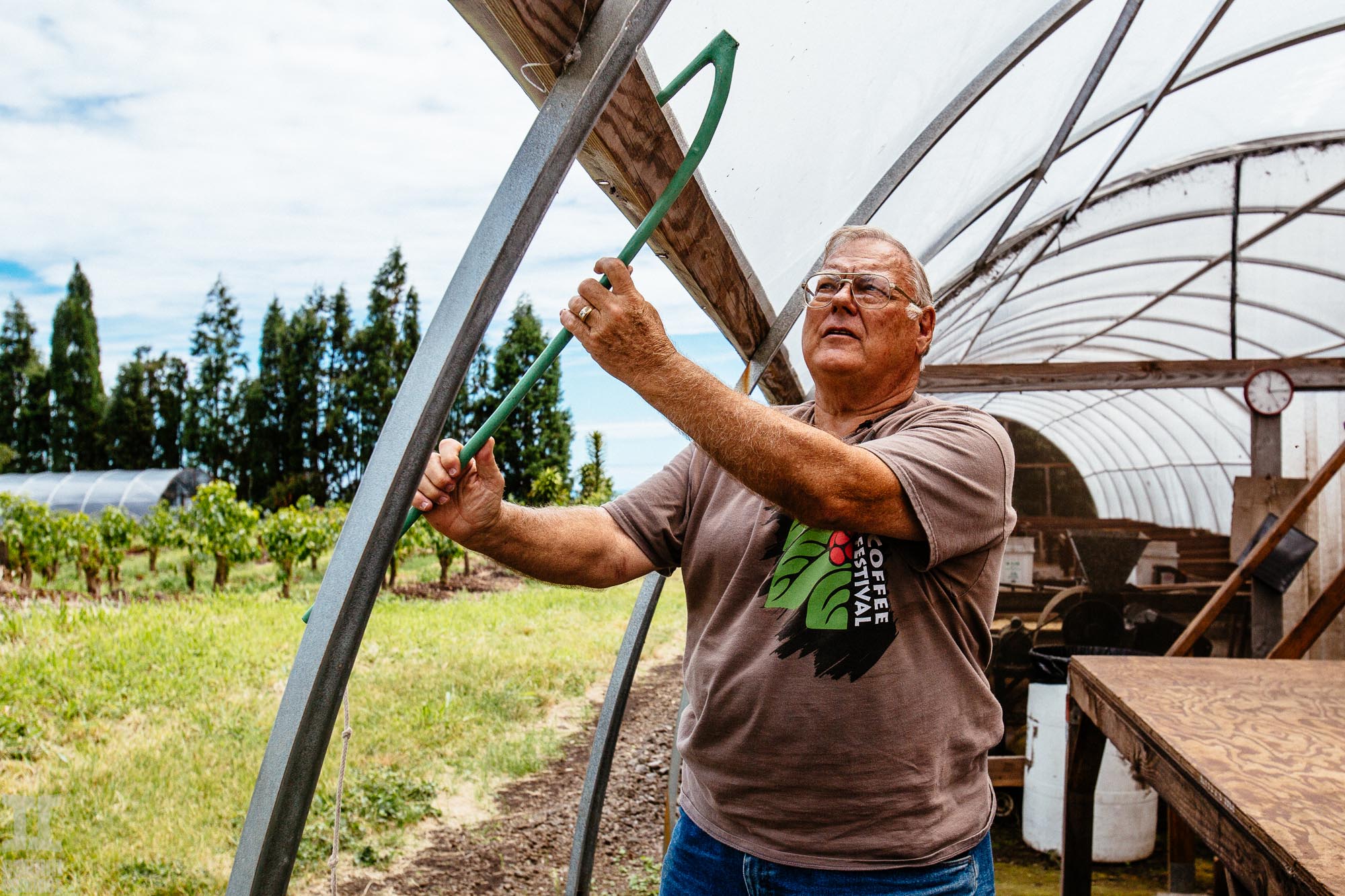Sustainability Profile: Aikane Plantation Coffee Company
Kona coffee reigns supreme as Hawaii's most popular coffee. But (arguably) superior to Kona coffee is that which comes from the neighboring area of Ka'u. Valued for its smooth and delicate flavor and low acidity, Ka'u coffee is considered on the top coffees of the world and is even available as a Starbucks Reserve brew. One talented Hawaii coffee farm known for its Ka'u coffee is Aikane Coffee Plantation. You'll know their brand once you see their iconic purple packaging.
Located in the Ka'u region of Hawaii (bordering Kona), Aikane Coffee Plantation's first coffee trees were planted by owner Meryl Becker's great-grandfather in 1894 when he settled in the area to work in the sugar industry. In fact, many of the plantation’s current coffee trees are descendants of those first trees. Located far away from other coffee farms, there is little chance of cross-pollination. As a result, Aikane coffee remains a truly authentic old Hawaiian coffee.
By the Numbers
1894 - Year when Aikane's first coffee tree was planted.
2 How many seeds are in one coffee berry.
8% Amount of coffee berries that have only 1 seed (peaberries).
70+ How many countries produce coffee.
15th Century - when coffee was first introduced.
The coffee cherries are handpicked, washed, and dried on site. They are roasted and packaged in eye-catching royal purple bags as whole beans or as ground coffee. A brewed cup of Aikane coffee is smooth and rich, lacking a strong acidic aftertaste. The coffee production process is truly green. No pesticides or chemicals are ever used, macadamia nut shells and coffee pulp are used as mulch, grazing sheep are used to keep the grass growth down, a catchment system catches rainwater, and electric solar panels supply all of the energy. The farm is also home to horses and donkeys and it is a visitation destination for tour groups. Aikane Plantation coffee is a premium product in the Japanese market, but it can be found in high-end restaurants in Hawaii as well as Shirokiya, Bishop Museum, Blue Hawaii Lifestyles, military commissaries, and select farmer’s markets.
*This is a multi-part installment as part of the Hawaii Sustainable Agriculture Project. Learn more about the project and the 12 participants here.



